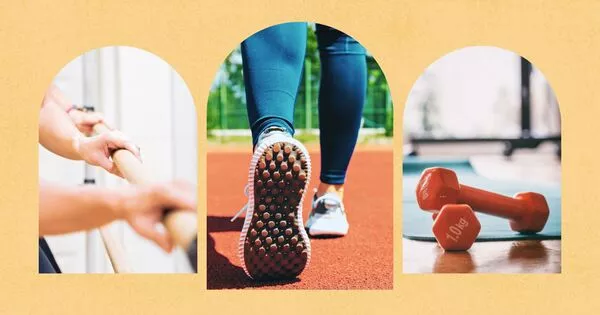While cities can provide many opportunities for exercise, such as parks, bike paths, and fitness centers, planners should also consider the importance of promoting physical activity in more rural areas. In rural areas, there may be fewer options for organized sports or fitness facilities, but there are still many ways to promote physical activity. For example, rural communities can create walking or biking trails, host community fitness events, or create public recreation spaces that encourage outdoor play.
Public health agencies recommend mixed-use neighborhoods and “complete” streets that are friendlier to walkers and bikers to encourage more active lifestyles, but new Cornell University research finds that while those strategies increase physical activity, an urban bias limits their applicability in many parts of the country.
According to the researchers’ analysis of more than 1,300 U.S. counties and cities, planners in suburban and rural communities should focus more on promoting recreational programs, expanding transportation options, and creating safer environments to help an aging population get more exercise.
“These are things we can think about doing in any community,” said Mildred Warner, professor of global development and of city and regional planning. “If your community is investing in recreation and social activity, they’re more likely to address obesity and other problems linked to physical inactivity.”
These are things we can think about doing in any community. If your community is investing in recreation and social activity, they’re more likely to address obesity and other problems linked to physical inactivity.
Mildred Warner
Warner and Xue Zhang, a postdoctoral scholar at Syracuse University, are co-authors of “Linking Urban Planning, Community Environment and Physical Activity: A Socio-ecological Approach,” published in the International Journal of Environmental Research and Public Health.
The scholars’ recommendations stemmed from models they created to identify the most important factors influencing physical activity at the individual, community, and policy levels. The models revealed that demographic factors were the most important. Communities with a higher minority population, for example, exercised less, likely due to lower incomes and longer commutes, according to Zhang. Rural communities, whose populations are older and less affluent on average, also report lower levels of physical activity.
The researchers believe that in order to better support rural and underserved communities, planners should work to expand transportation options and promote recreation services, emphasizing the importance of collaboration across public health, planning, transportation, and parks and recreation agencies. In addition to policies promoting complete streets or mixed-use neighborhoods, they should pay more attention to traffic safety and crime concerns.

“Our models show safety is as important as transportation and more important than the built environment,” the scholars wrote.
Examples of planning and policy changes investigated by Warner and Zhang in related research include lowering the speed limit on rural roads to make them safer for walking or biking. Partnerships that allow schools, libraries, and fire departments to share facilities for recreation, transportation, or food distribution could also help overcome built-environment constraints.
According to Warner, the COVID-19 pandemic demonstrated many local governments’ ability to pivot overnight to alternative ways of doing business, and that spirit of collaboration and creativity will be required as the United States’ population grays.
“As more of us get older, we’ve got to start designing our communities for everybody,” Warner said. “We can’t just have urban-based recommendations; we also need to think about what you would do in other places.”
Overall, promoting exercise in both urban and rural areas is important for improving public health and well-being. By considering the unique needs and opportunities of each community, planners can create effective strategies for promoting physical activity and creating healthier communities. The research was supported by a grant from U.S. Department of Agriculture’s National Institute of Food and Agriculture.
















